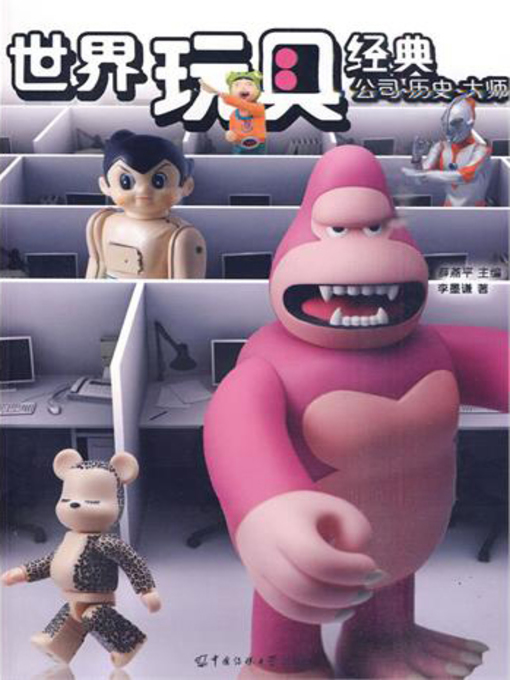关于玩具与动画二者的关系我在本书附录——《动画高等教育的最后一块蛋糕——玩具设计专业》一文中已经阐释过了,在此不再赘述。我只想谈一下《动画馆》系列丛书的宗旨:第一,每本书阐述的主题都应与动画有关;第二,每本书的内容都应与中国该领域现状有关。比如说《世界玩具经典——公司·历史·大师》,我会要求作者阐述玩具与动画的关系以及中国玩具业的现状。 之所以强调这两点是从该系列丛书整体构思出发的:强调与动画的关系是为了"点题",这是《动画馆》丛书,结果说的一切都和动画没关系,那岂不是笑话。另外,该丛书的最终目的是帮助中国动画走出低谷,那么内容必须与中国国情有关。你可以单独拿出一章写,也可以打散了在行文中体现,总之作者一定要带着这两个观点创作。只有这样,才能保证该丛书整体论调统一而不至于像蒸散了的窝头一样单摆浮搁。 李墨谦在撰写此书时基本做到了这两点,他在具体的玩具案例分析中阐述了动漫艺术、产业如何发展的观点。例如:《从"军曹现象"到"东映"合作——万代公司与动漫的紧密合作关系》、《从"寿屋"到御宅再到中国动漫》、《动漫周边对军模市场的冲击——"田宫"现状》等文章无疑对分析玩具与动画的关系提供了参考。(I have expounded the relationship between toys and animation in the article "The Last Cake of Animation Higher Education-Toy Design Major" of the appendix of this book, so I won't repeat it here. I just want to talk about the purposes of "Anime Studio" series of books: first, the theme of each book should be related to animation; second, the content of each book should be related to the status quo of this field in China. For example, in "World Classic Toys-Company, History and Master," I'll ask the author to expound the relationship between toys and animation and the status quo of Chinese toy industry. The reason why I stress these two points is that I take the overall conception of this series of books into consideration: stressing the relationship with animation is to "bring out the theme." If all contents of the series of books "Anime Studio" are unrelated to anime, it'll be a joke. Besides, the ultimate goal of this series of books is to help Chinese animation bottom out, so its contents must be related to China's actual conditions. You can either write these two views in an individual chapter or spread them in the text. Anyway, the author must create this series of books with them. Only in this way can the overall view of this series of books be unified and not as uncertain as the loose steamed bread of corn. When writing this book, Li Moqian basically ensured these two views. He expounded how comic and animation art and industry develop in the specific toy case analysis. For instance, the articles, such as "From 'Keroro Phenomenon' to 'Toei Cooperation'-The Close Cooperation between Bandai Company and Comic and Animation," "From Kotobukiya, Otaku to Chinese Comic and Animation" and "Impacts of Industries around Comic and Animation on Military Model Market-The Status Quo of 'Tamiya'" undoubtedly provide reference for the analysis on the relationship between toys and animation.)
- English
- Español
- 中文(简体)

